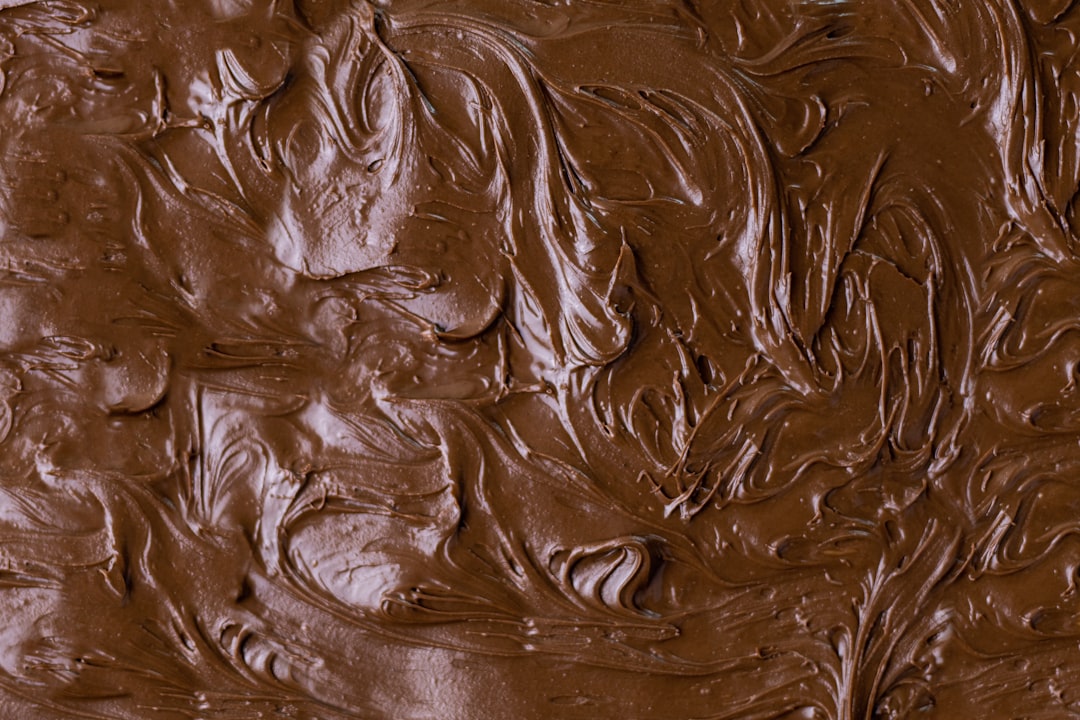What is it about?
Few systems have been described in which herbivore-induced root volatiles mediate attraction of entomopathogenic nematodes (EPNs), and they only concern root damage inflicted by chewing insects. EPNs, especially Heterorhabditis indica and Steinernema carpocapsae, are potential biological control agents of sugarcane spittlebug (Mahanarva fimbriolata) populations. Here, we investigated the response of these two species of EPNs to sugarcane root volatiles damaged by M. fimbriolata nymphs in a belowground six-arm olfactometer. We also examined changes on root volatile profile in response to herbivory of sugarcane spittlebug nymphs. Results showed that both EPN species did not discriminate between odors of undamaged sugarcane and moistened sand (blank). However, when EPNs were exposed to odors of spittlebug-damaged and undamaged sugarcane roots, both species significantly preferred odors of spittlebug-damaged roots. Headspace collection followed by GC–MS analyses showed no qualitative difference (total of 11 compounds) between volatile profiles of spittlebug-damaged and undamaged sugarcane roots. In contrast to the previous studies involving feeding by root chewing insects, our root volatile analysis did not reveal any up-regulation resulting from sugarcane spittlebug damage, but the down-regulation of the terpenes dihydromyrcenol and β-isomethyl ionone when compared with the profile of undamaged sugarcane roots. Here, we propose alternative explanations for the EPN attraction to spittlebug-damaged roots as it is unlikely that reduced concentrations of the volatiles play a role in this interaction. Further studies are necessary to determine the key compounds of the root volatile emission to enhance biological control efficacy with EPNs against M. fimbriolata in sugarcane.
Featured Image
Read the Original
This page is a summary of: Attraction of entomopathogenic nematodes to sugarcane root volatiles under herbivory by a sap-sucking insect, Chemoecology, February 2016, Springer Science + Business Media,
DOI: 10.1007/s00049-016-0207-z.
You can read the full text:
Contributors
The following have contributed to this page










